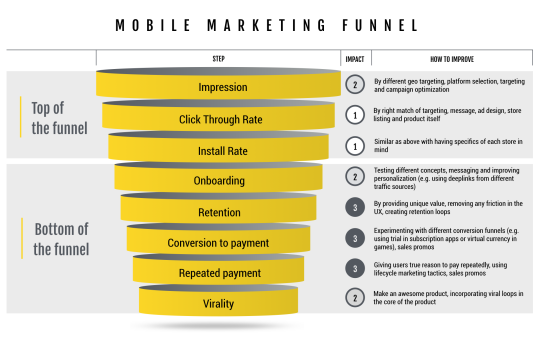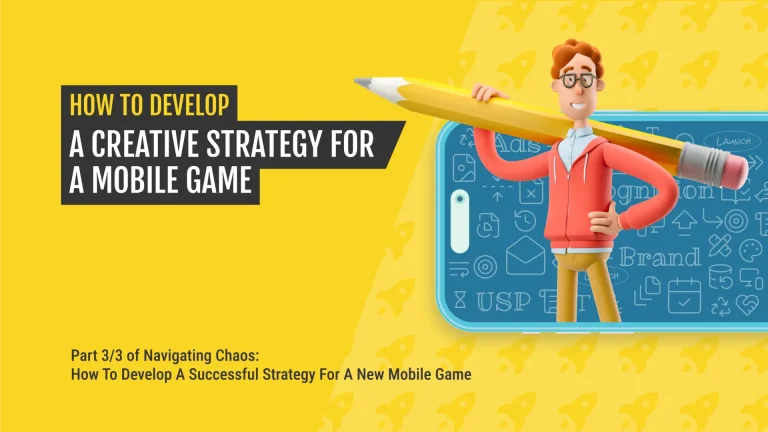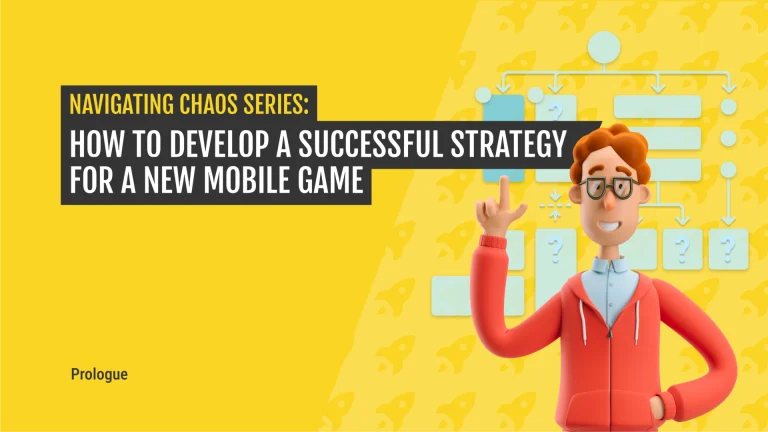To learn more about industry insights and best practices, sign up for the AppAgent newsletter here.
Too many developers believe that they have an incredible product and want to scale acquisition immediately, even though it isn’t quite ready for a push. Founders and product managers often believe that effective marketing can overcome product defects, grow revenue and help them reach break even. But it can’t.
This dance results in big budgets being spent on advertising – all of which is wasted because: if your product sucks, your marketing suffers.
Why developers believe in a magic wand
Only 17% of apps in post-iOS 11 are newcomers to the Top 100 grossing chart, according to Priori Data. This is because the developers of leading apps have a long-term focus on optimization, which means that they can make every dollar spent on acquisition count.
If you want to control the growth of your app in a similar way and don’t have an inherently social product, your main opportunity is likely to be through paid acquisition. As a CMO or UA manager, you should focus on acquiring as many users as possible, finding the delicate balance between low cost and high quality. But sometimes, even if you’re able to improve acquisition performance significantly, your campaigns might still end up 10x below the borderline of profitability.
There are six reasons why developers tend to focus on marketing performance rather than on the product:
1. They believe they have a great product when actually both the value proposition is tired and the execution is far from perfect;
2. There’s a clear mismatch between the product team’s and the marketing team’s goals and core KPIs;
3. There are insufficient mobile app analytics and experience to clearly identify problems;
4. It’s easier and faster to focus on marketing than on fixing the product;
5. Marketing can be handled – in extreme situations – just by a single expert, whereas product changes require multidisciplinary teams;
6. Teams lack an understanding of the ‘local maximum’ principle that there’s a limit to what marketing can achieve.
What’s better: a 10% growth in retention or 30% decrease in CPI?
A simple example below of game performance demonstrates that profit is highly defined by the product, and less by marketing. We calculate with a stable Average Revenue Per Daily Active User of $0.30 and play with two variables: decrease in Cost Per Install and increase in retention.
As a result, if you are able to optimize the process and reduce the Cost Per Install by 30%, you will increase your profit by 70%. But, improving D1 retention by just 10% brings a massive boost of 106%!

Higher profit comes from increased retention rather than lowering acquisition costs.
The Cost Per Install is somehow limited by the CPM, whereas for product performance the sky is the limit. In reality, usually you can’t decrease CPI 5x, but it is possible to improve LTV 10x.
The Crux Of The Matter
To help you understand the process better, we’ve created a mobile marketing funnel infographic below. We’ve rated each step in terms of the potential impact – from 1 (the lowest) to 3 (the highest) – based on our industry experience gained from creating over 20 apps and marketing more than 50 apps and games.

Retention can make or break your business
At the bottom of the funnel, the metrics are focused on user retention. If you don’t onboard people well, then fewer of them will begin to use the app. The more users you can retain, the more that will convert to payers. And the more payers that stay, the more repeated payments and advocates you get in a long term.
To be successful, it is essential that you fix the product first and resist the temptation to rush into marketing.
Without retention, your marketing is basically useless. Here’s how retention impacts acquisition in 4 key areas, according to Brian Balfour of Reforge:
1. Retention drives acquisition: virality or user-generated content accelerate acquisition through sharing, word-of-mouth or the publishing and sharing of new content;
2. Retention improves monetization: a larger proportion of a cohort of users means more paying users or more ad impressions served. Also, better retention means repeated purchases or renewed subscriptions increasing LTV;
3. Retention builds an acquisition-based competitive edge: increasing LTV means you can pay more to acquire a customer and push competitors out of acquisition channels and grow faster;
4. Retention accelerates payback period: Improving retention can help shorten your payback period and enable you to reinvest faster.
If you have retention, everything else can be fixed
These four areas demonstrate how marketing and product are closely connected. If you’re at an early stage and still searching for a market fit then focus on metrics where you can gain the most – where you can reach 10x or even 100x improvement.
Only after your product retains users and shows promising conversion metrics should you start your marketing push.
.




















